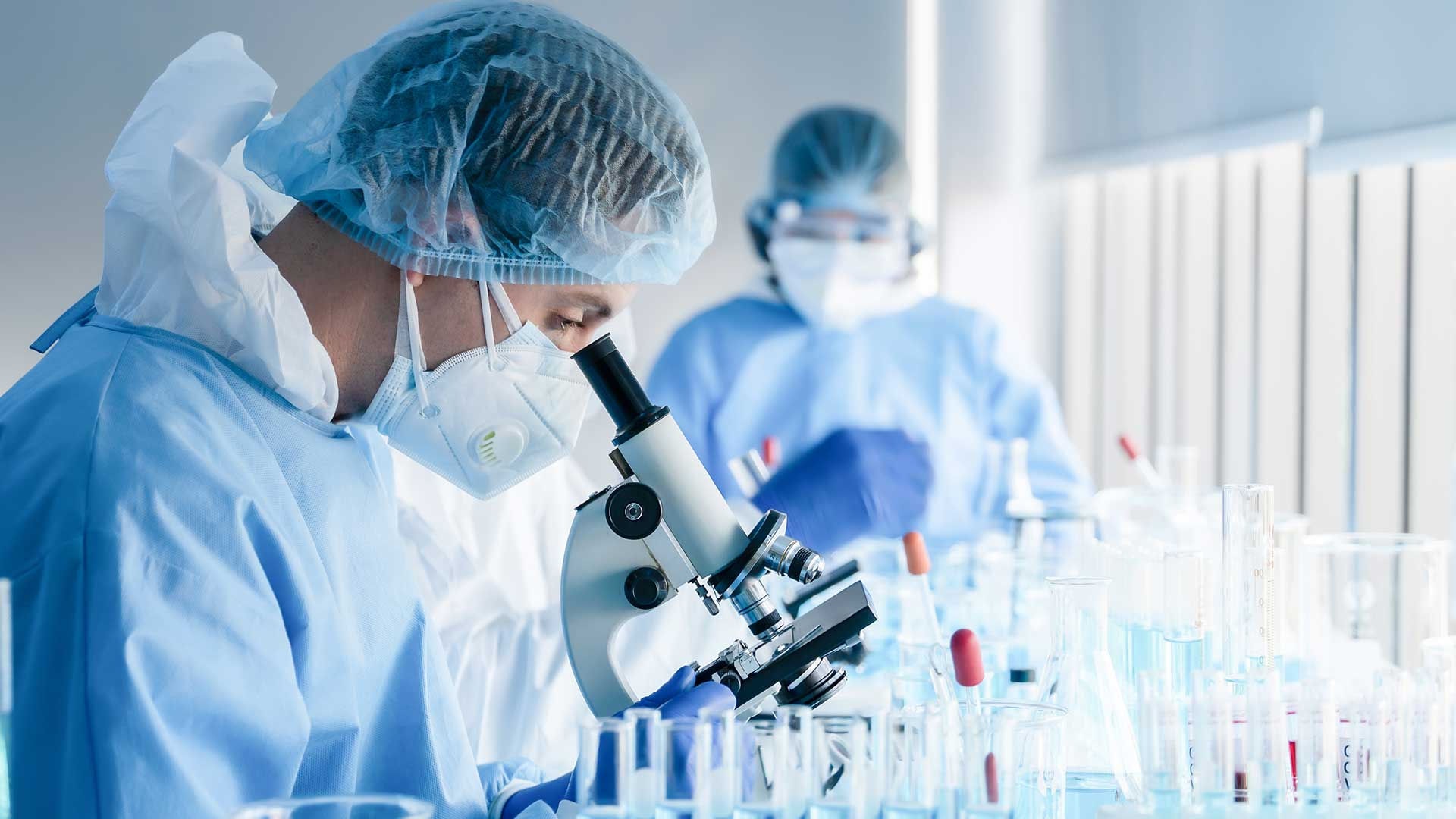
Inner Ear Hair Cell Regeneration Research
May 10, 2023
Published by Abigail Russell
Regeneration of the inner ear hair cells may become a greater possibility due to groundbreaking research by Harvard Medical School. Recent research was published on April 17, 2023 by lead authors Yi-Zhou Quan, Wei Wei, and Zheng-Yi Chen. This seemingly impossible task has long been of interest for researchers and those with hearing loss. Yet inner ear hair cell regeneration research is just beginning to scratch the surface.
Rising Interest in Hair Cell Regeneration
There are many reasons why researchers globally have been working on inner ear hair cell regeneration research. Human inner ear hair cells are not inherently programmed to regenerate naturally. However, other creatures have the capability to regrow inner ear hair cells.
Why have scientists focused so intently on looking for the ability to regenerate hair cells of the inner ear? While hearing aids and cochlear implants can help those with hearing loss, they don’t equate to natural hearing. For example, the ability to distinguish voices with background noise can be more difficult for those with hearing loss.
Where are These Hair Cells Found?
These hair cells are found deep in the inner ear. More specifically, the cochlea holds these micro-structures that are so vital in transferring hearing signals to the brain. Those with sensorineural deafness usually lack almost or completely all these little hair cells. A cochlear implant is used to pass over this intricate signaling mechanism and directly send electrical impulses straight to the brain. The brain then learns to interpret the cochlear implant’s electrical signals as sound. If there was a way to regenerate these hair cells, this would potentially lessen the need for hearing aids and technology.
“If there was a way to regenerate these hair cells, this would potentially lessen the need for hearing aids and technology.”
Past Research Findings
Back in 2019, this research team published an article that showed that there are two essential molecular signaling pathways. The two molecular signaling pathways, called Myc and Notch1, were found to be the key signals that enable regeneration of these inner hair cells. Myc is a cell cycle activator and works with Notch1, a progenitor gene. A progenitor gene enables an immature cell to differentiate into a specific type of mature cell. Human hair cells, once fully developed and mature, are not able to regenerate. However, when Myc and Notch1 work together, it was found that the mature, fully developed hair cells could be reprogrammed to allow them to regenerate.
Current Research
Now in 2023, the same team continued to try to find a cocktail of sorts that would induce the ability to regenerate hair cells in the inner ear. Using mice as experimental subjects, the study worked with wild-type mice with fully mature hair cells.
To create the drug cocktail, it was necessary to understand the pathways that can hinder or activate regeneration capacity. However, it was found that when Wnt and cAMP (cyclase activator of cyclic AMP) are blocked, they suppress regeneration of hair cells. To overcome this hindrance, small interfering RNA (siRNA) molecules were used to specifically target the genes that would suppress Wnt and cAMP. Thus, the siRNA’s would remove the suppressing effect and allowing for activation of Wnt and cAMP. In total, four crucial pathways are activated to allow for hair cell regeneration: Myc, Notch1, Wnt, and cAMP.
Using this carefully crafted drug therapy in mature mice with deafness, the inner ear hair cells were able to be reprogrammed to regenerate. While the genetic therapy has shown to successful in mice, the next step is to target larger animals. It is also necessary to implement a safe procedure that allows direct access to the inner ear to insert the drug mixture. With studies ongoing and continuing to grow, gene therapy to induce hair cell regeneration is on the horizon!